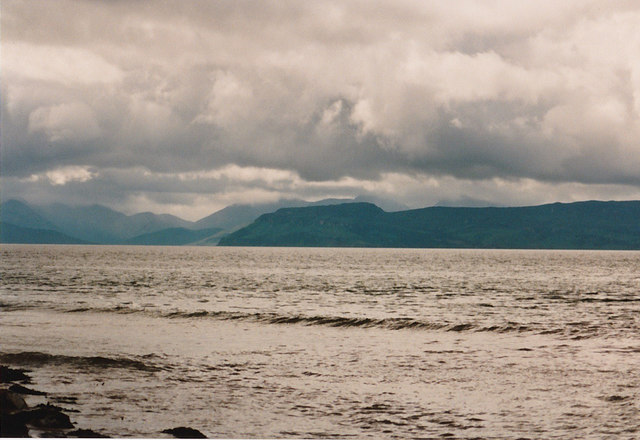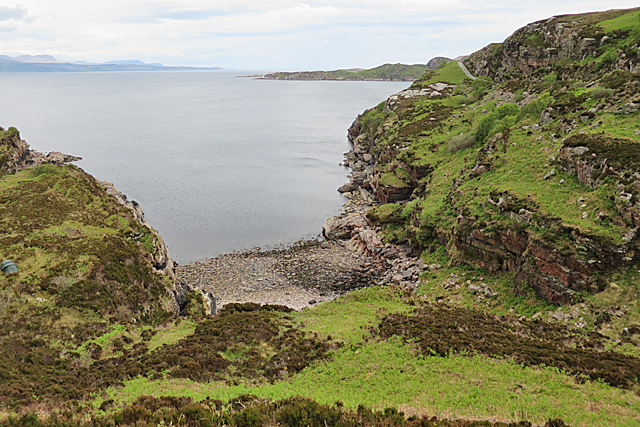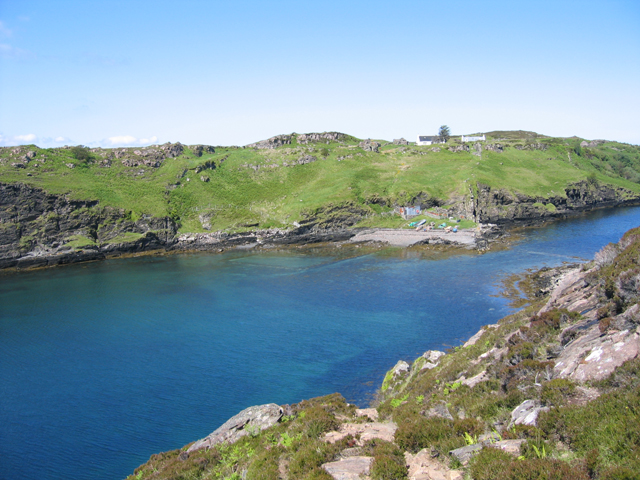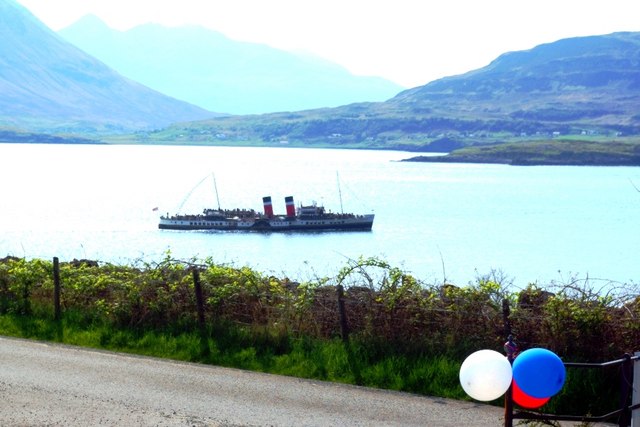Arnish
Settlement in Inverness-shire
Scotland
Arnish

Arnish is a small village located in the county of Inverness-shire, in the Scottish Highlands. Situated near the shores of Loch Arnish, the village is known for its stunning natural beauty and peaceful surroundings.
The village is home to a small population of around 200 residents, many of whom are involved in traditional industries such as fishing and agriculture. The local economy is largely dependent on these industries, as well as tourism, with visitors drawn to Arnish for its picturesque landscapes and outdoor recreational opportunities.
Arnish is surrounded by rolling hills and lush greenery, making it a popular destination for hikers and nature enthusiasts. The nearby Loch Arnish offers opportunities for fishing and boating, while the surrounding forests and moors provide ample space for wildlife watching and birdwatching.
In terms of amenities, Arnish has a few small shops and cafes, as well as a primary school and community center. The village is well-connected to the rest of Inverness-shire by road, making it easy to access the larger towns and cities in the region. Overall, Arnish is a charming and idyllic village that offers a peaceful retreat from the hustle and bustle of urban life.
If you have any feedback on the listing, please let us know in the comments section below.
Arnish Images
Images are sourced within 2km of 57.458711/-6.012777 or Grid Reference NG5948. Thanks to Geograph Open Source API. All images are credited.








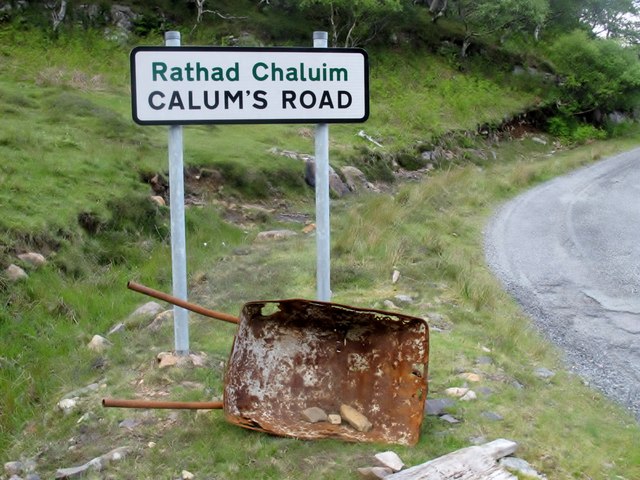
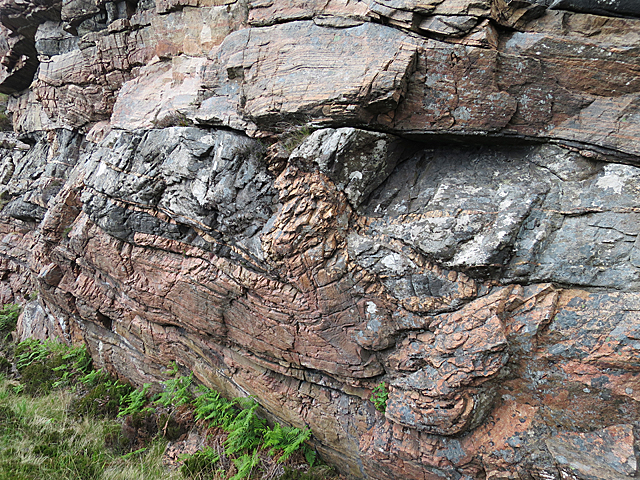
Arnish is located at Grid Ref: NG5948 (Lat: 57.458711, Lng: -6.012777)
Unitary Authority: Highland
Police Authority: Highlands and Islands
What 3 Words
///enchanted.collected.issued. Near Portree, Highland
Nearby Locations
Related Wikis
Eilean Fladday
Eilean Fladday (also Fladda; Scottish Gaelic: Eilean Fladaigh) is a previously populated tidal island off Raasay, near the Isle of Skye, Scotland. ��2...
Eilean Tigh
Eilean Tigh (Scottish Gaelic: Eilean Taighe) is a tidal island in the Sound of Raasay of Scotland, that lies between Rona and Raasay. Approximately 54...
Sound of Raasay
The Sound of Raasay (Scottish Gaelic: Linne Ratharsair) is the sound between the islands of Raasay and Skye. == See also == Inner Sound, Scotland Isle...
Raasay
Raasay (; Scottish Gaelic: Ratharsair) or the Isle of Raasay is an island between the Isle of Skye and the mainland of Scotland. It is separated from Skye...
Nearby Amenities
Located within 500m of 57.458711,-6.012777Have you been to Arnish?
Leave your review of Arnish below (or comments, questions and feedback).

